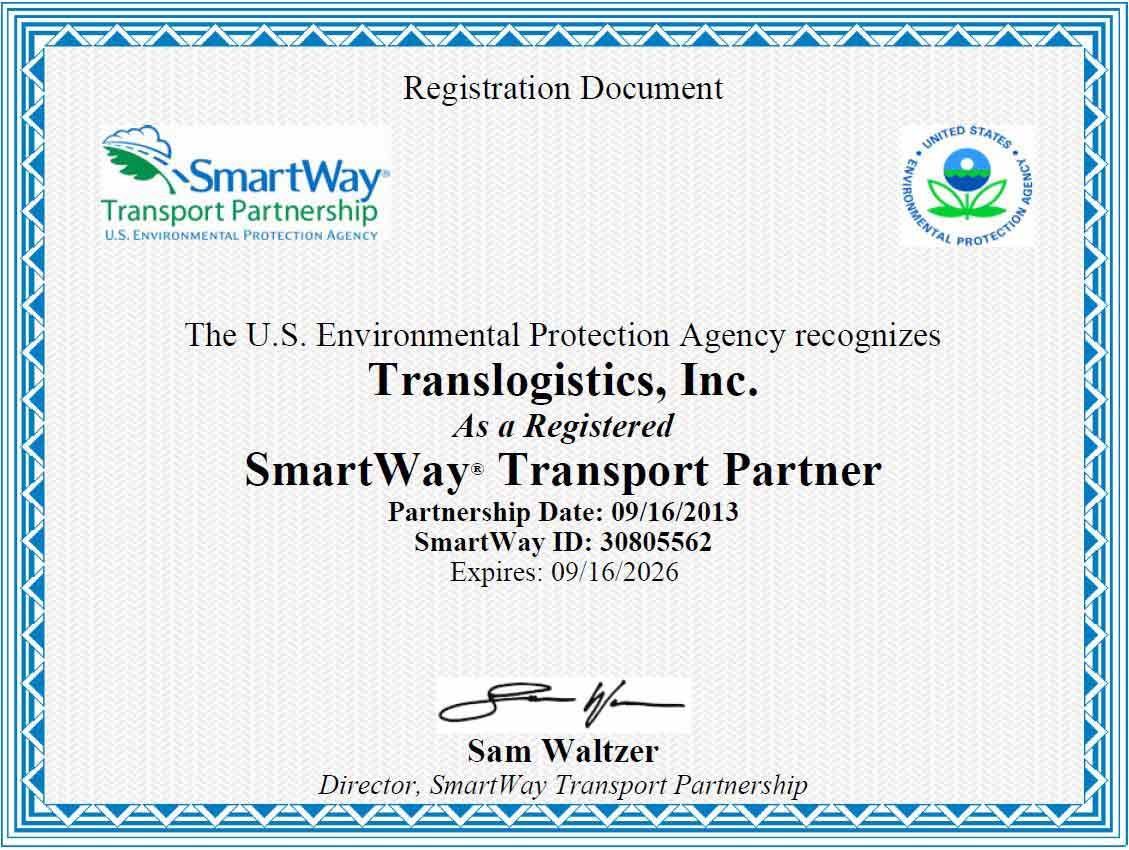Transpacific Ocean Volumes Surge Ahead of August Deadline
Rebound Follows Steep April Declines
Two weeks after the May 12th announcement pausing the China–US trade war—and just eleven weeks before the temporary truce ends—transpacific container volumes are surging.
According to Hapag-Lloyd, container demand on the China–US route plummeted by 20% when tariffs hit 145% between early April and mid-May. A Freightos survey of small-to-medium-sized (SMB) shippers found that nearly half halted shipments during this period.
Now, volumes have rebounded sharply—up 50% from the April/May lows. Container traffic is not just recovering but has surpassed pre-tariff levels, with volumes rising by low double digits compared to early April.

Despite the temporary deescalation, around 80% of SMB shippers report being just as concerned—or more—about the impact of the trade war on their business. Many are accelerating their holiday shipping schedules to avoid potential disruptions when the pause expires in August, fueling the current surge in volumes.
A backlog of goods manufactured during April’s shipment pause is adding to this momentum. Estimates of ready-to-ship containers sitting in China range widely, from 180,000 to 800,000 TEUs.
Ocean carriers are scrambling to meet demand by reinstating sailings that were canceled during April’s downturn. Some regional carriers are also launching new transpacific services. However, not all vessels and equipment repositioned during the slump have returned, limiting available capacity.
Congestion and Rate Spikes Hit Ports
The sudden surge and poor weather conditions have caused congestion at several major Chinese ports, with wait times for berths stretching from 12 to 72 hours. Vessel delays and out-of-position equipment are further constraining capacity and driving up costs.
Container rates are climbing fast:
- FBX China–US West Coast: up 13% last week to $2,788/FEU
- FBX China–US East Coast: up 20% to $4,223/FEU
Please note that FBX rates reflect port-to-port base ocean freight rates based on spot market averages, making them a helpful benchmark for observing broad pricing trends across major trade lanes. However, these international rates do not represent a full freight quote and exclude several key components. Charges not included in FBX rates typically consist of origin and destination fees (such as terminal handling and port charges), inland transportation costs (including trucking, drayage, or rail), customs clearance fees or import duties, as well as documentation charges and common surcharges, like peak season or congestion fees. Additionally, bunker or fuel adjustment factors are generally not included unless explicitly specified. For an accurate cost estimate, an international quote provided by TLI is your best method for gauging accurate pricing.
With that explanation aside, rates are now at their highest since February. General Rate Increases (GRIs) announced through mid-June could push prices even higher if demand remains strong and congestion persists.
While China–US tensions have temporarily eased, other trade lanes are heating up.
President Trump recently proposed:
- A 25% tariff on all smartphone imports by the end of June
- A 50% tariff on EU goods as early as June 1
Though the EU deadline was quickly pushed back to July, the new tariff level—50% instead of the previously planned 20%—is causing uncertainty. The move followed Trump’s rejection of an EU trade proposal. In response, the EU threatened retaliatory tariffs on US exports but has since taken steps to fast-track negotiations to avoid escalation.
Despite these threats, there’s been little evidence of front-loading in transatlantic shipments—possibly because steel and auto tariffs are already priced into supply chain decisions.
Several countries are reviewing de minimis rules that allow low-value e-commerce shipments to bypass duties—largely in response to a surge in Chinese exports using these exemptions.
The US has already suspended de minimis eligibility for Chinese goods. This has led to a steep drop in China–US air freight volumes, particularly in the chartered freighter segment. China–US air cargo rates fell 7% last week to $5.14/kg, their lowest point since March.
The trade pause between China and the US has provided only temporary relief. Some shippers are rushing to move goods ahead of the August deadline, and uncertainty around new US tariffs on smartphones and EU imports is clouding the global trade picture. TLI will be sure to keep you informed with the latest scoop, so be sure to subscribe to our blog.
TLI Insights
Get the latest logistics insights and tips from TLI's award-winning team. Stay ahead in transportation planning.
Questions? Email us at marketing@shiptli.com



